Available filters Toggle display
- Category
- Price
Publications
Need to be tax-exempt?
Contact Laura Tharnish before ordering.
ltharnish2@unl.edu or 402-472-1576
-
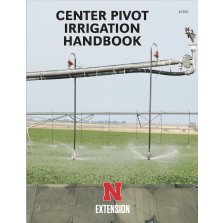
Center Pivot Irrigation Handbook
$12.50The Handbook was developed as supporting material for a series of daylong educational workshops focused on enhancing the performance of center pivots through improved understanding of the design and management characteristics of center pivots. The Handbook is also useful as a stand alone document for individual or group educational efforts. Learn More -

Cereal Aphids
$1.00This four-page NebGuide includes an identification guide and general discussion of the cereal aphid species most commonly found in Nebraska small grains, corn, sorghum, and millet. It includes an illustration of aphid anatomy and identification keys and photos for western wheat aphid, Russian wheat aphid, bird cherry-oat aphid, greenbug, corn leaf aphid, and English grain aphid. Learn More -
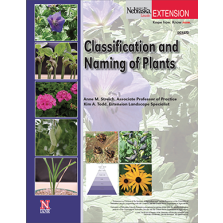
Classification & Naming of Plants
$2.25The naming of plants is done in a systematic method to allow gardeners and landscape professions to easily communicate about plants. The classification system is explained in this publication. Learn More -
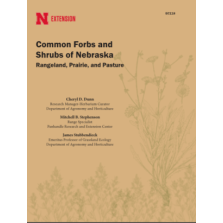
Common Forbs and Shrubs of Nebraska
$12.50This 260-page book provides illustrations and key details to identify 191 of Nebraska's forbs, shrubs and cacti. This guide is a valuable resource for research, study or pleasure.
The book is divided into four major sections: introductory text and illustrated guide to plant identification; and sections composed of plant descriptions of forbs, cacti and shrubs.
Learn More -
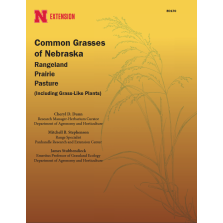
Common Grasses of Nebraska
$10.00This book provides illustrations and key details to identify more than 100 grass and grass-like plants found in Nebraska.
Learn More -
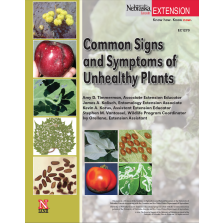
Common Signs and Symptoms of Unhealthy Plants
$2.25Plant symptoms may be caused by biotic (living organisms) or abiotic (nonliving) agents. Many abiotic factors can cause symptoms in a landscape or garden. These factors include nutrient imbalances, drought or excess soil moisture, limited light, reduced oxygen availability, air pollution, soil pH extremes, pesticide toxicity, compaction, cultural practices, mechanical damage, and low or high temperatures. Insects, mites, fungi, bacteria, nematodes, viruses, parasitic higher plants, protozoa, and grazing or browsing animals are all examples of biotic agents that damage plants. Learn More -
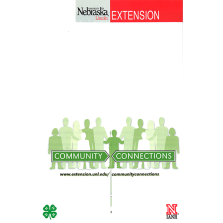
-

Conducting a Prescribed Burn and Prescribed Burning Checklist
$2.75Not available online
A guide to prescribed burning of grassland (low-volatile) fuels. It covers legal obligations; equipment; burning prescriptions; fireguard construction; ignition techniques; smoke management; personnel requirements; and includes a checklist of required forms and activities to follow. Learn More -
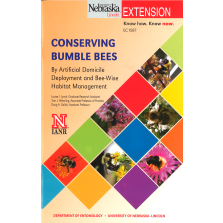
Conserving Bumble Bees
$5.00Bumble bees are fascinating, beneficial insects that impact our lives each day. But these little pollinators need our help. Through this publication, learn why bumble bees are important and ways that you can create a artificial habitat and pollinator garden.
Learn More -
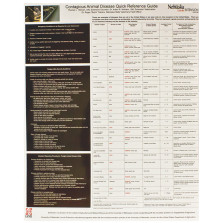
Contagious Animal Disease Quick Reference Guide
$5.00This laminated poster is a reference guide for animal diseases (mainly cattle) and their potential for a major outbreak in animals and transmission to humans. It includes recommendations for disease containment. Learn More